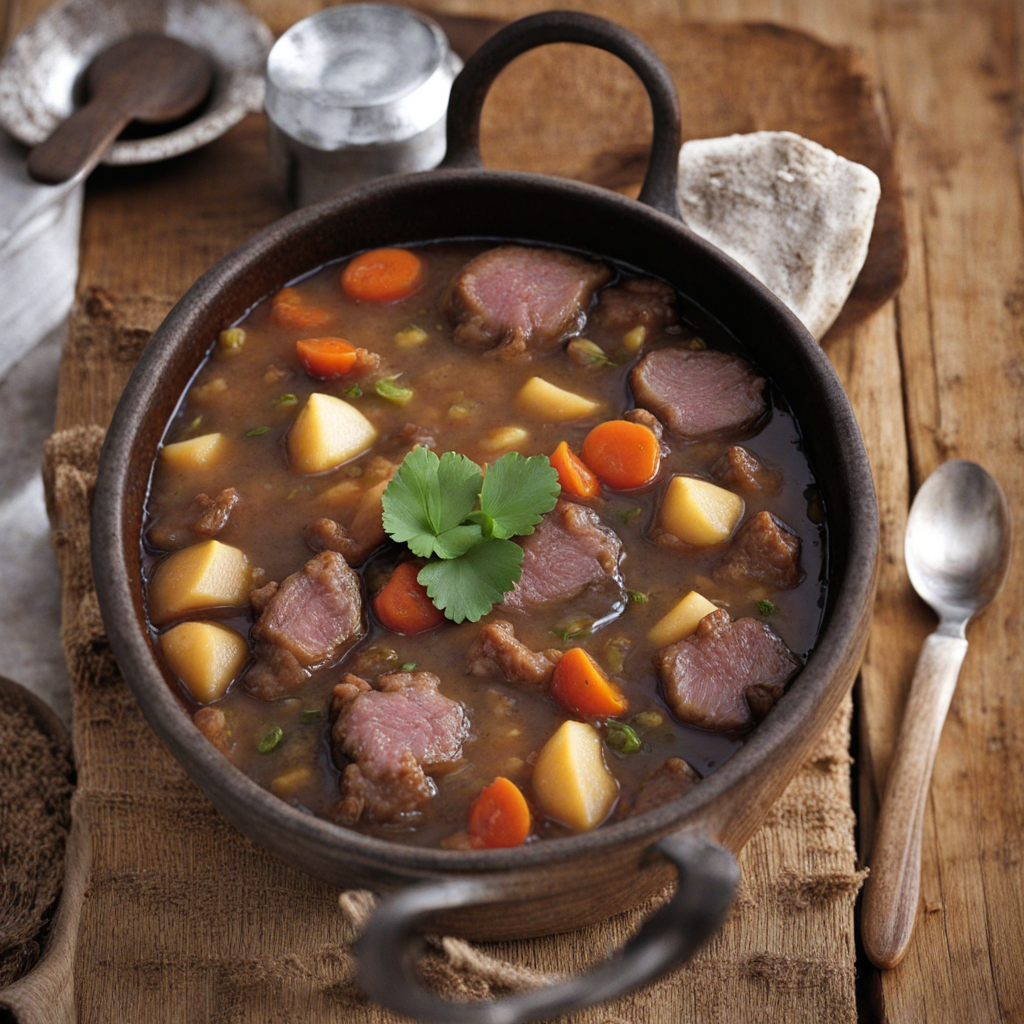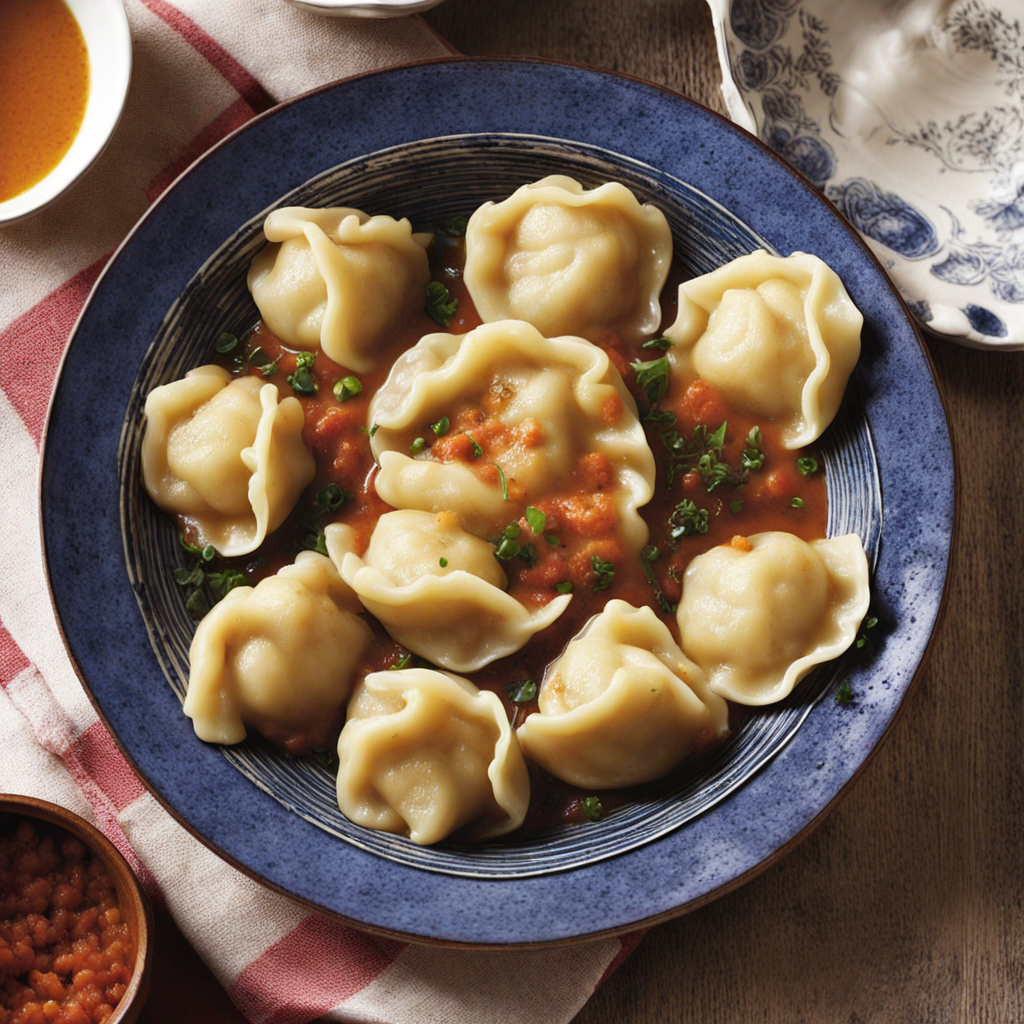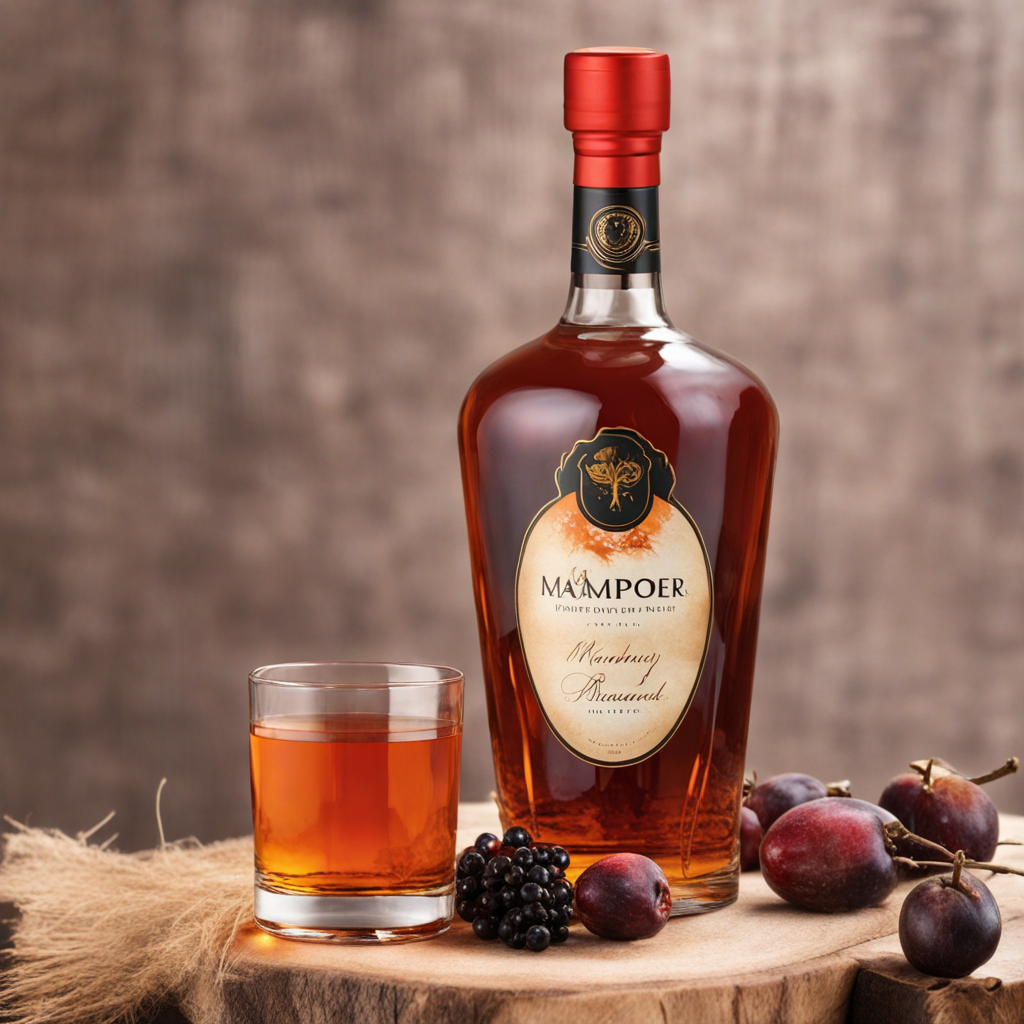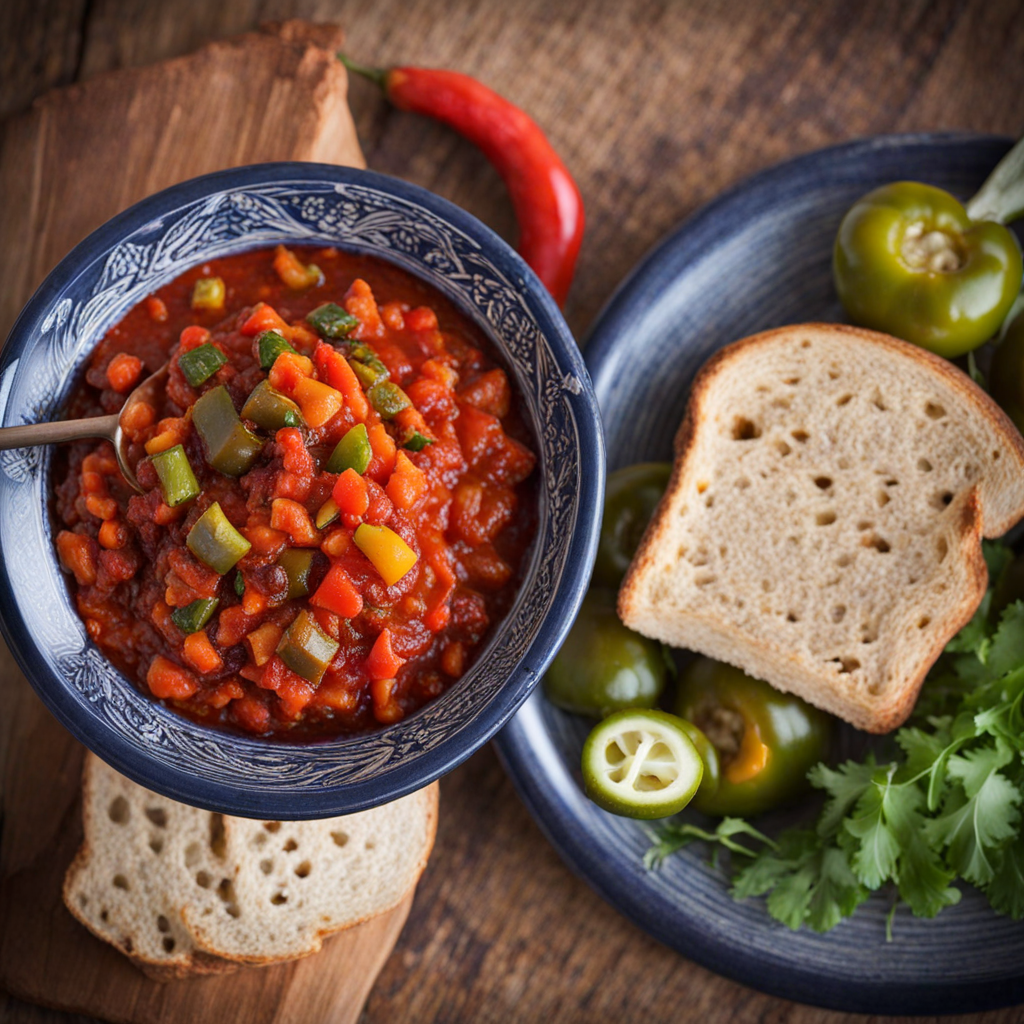Waterblommetjiebredie
Waterblommetjiebredie is a traditional South African dish that showcases the unique flavors of the indigenous waterblommetjie, or Cape pondweed. This seasonal ingredient, which thrives in the wetlands of the Western Cape, has a delicate, slightly nutty taste that is reminiscent of a cross between artichokes and green beans. The dish is typically prepared as a hearty stew, combining the waterblommetjies with tender pieces of lamb or beef, creating a rich and savory flavor profile that embodies the essence of South African home cooking. The preparation of Waterblommetjiebredie involves slow-cooking the meat until it is fall-apart tender, allowing it to absorb the flavors of the aromatic herbs and spices that are added, including bay leaves, thyme, and sometimes even a touch of chili for warmth. As the stew simmers, the waterblommetjies soften and infuse the dish with their unique taste and texture, making it a true celebration of local ingredients. This comforting dish is often served with a side of fluffy rice or traditional dumplings, making it a perfect meal for family gatherings or special occasions. As you explore Waterblommetjiebredie, you’ll find that it not only represents the rich culinary heritage of South Africa but also offers a distinctive taste experience that is both earthy and refreshing. The combination of tender meat, fragrant herbs, and the unique waterblommetjies creates a dish that is both satisfying and intriguing, inviting you to savor each bite. This delightful stew is a must-try for any food lover seeking to expand their palate and experience the authentic flavors of South African cuisine.
How It Became This Dish
Waterblommetjiebredie: A Culinary Legacy of South Africa Origin and Cultural Roots Waterblommetjiebredie, a traditional South African dish, is a rich stew that encapsulates the essence of the country's diverse culinary heritage. The dish is primarily associated with the indigenous people of the Cape region, particularly the Khoisan, who have long relied on the local flora and fauna for sustenance. The name "waterblommetjie" translates to "water flower" in Afrikaans, referring to the edible plant *Aponogeton distachyos*, which thrives in the freshwater wetlands of the Western Cape. The waterblommetjie itself is a unique aquatic plant with tender, green leaves and small, white flowers that bloom above the water's surface. Historically, this plant was harvested by local communities during the rainy season, demonstrating a deep understanding of seasonal cycles and sustainable practices. The Khoisan and later Dutch settlers recognized the waterblommetjie not only for its nutritional value but also for its unique flavor profile, which adds a subtle earthiness to dishes. Cultural Significance Waterblommetjiebredie is more than just a dish; it is a symbol of a rich cultural tapestry woven from the threads of indigenous practices and colonial influences. The dish is typically made with lamb or beef, complemented by potatoes, onions, and a variety of spices. The waterblommetjie is the star ingredient, adding a distinct flavor and texture that makes the stew hearty and comforting. The cultural significance of waterblommetjiebredie is profound, as it represents a communal approach to cooking and eating. Traditionally, it is a dish prepared for family gatherings and celebrations, often served during the winter months when the plant is in season. Families would come together to enjoy the stew, fostering a sense of community and continuity across generations. Over time, waterblommetjiebredie has transcended its humble beginnings to become a cherished part of South African cuisine. It reflects the melding of different cultures, showcasing how the indigenous Khoisan practices were influenced by European settlers, particularly the Dutch, who introduced their culinary techniques and preferences to the region. Development Over Time The history of waterblommetjiebredie is a narrative of adaptation and resilience. During the colonial period, the dish evolved as it absorbed elements from various cultures. The Dutch settlers, who brought with them their own cooking methods, embraced the local ingredients, leading to a fusion that would define South African cuisine. As the 19th century progressed, waterblommetjiebredie became increasingly popular among the settlers and was often featured in farm kitchens throughout the Western Cape. The dish was particularly valued for its use of waterblommetjies, which were easy to harvest and provided a nutritious addition to the meal. The stew was often cooked in large pots over open fires, a practice that continues in some rural areas today. In the 20th century, the rise of urbanization and changes in lifestyle began to challenge traditional practices. The convenience of modern cooking methods and the availability of pre-packaged foods led to a decline in the preparation of traditional dishes like waterblommetjiebredie. However, the growing interest in sustainable and local eating has sparked a revival in recent years. Chefs and home cooks alike have rekindled their love for this dish, emphasizing its roots in nature and the importance of seasonal cooking. Today, waterblommetjiebredie is celebrated in various food festivals and is featured on the menus of many contemporary South African restaurants, where chefs put their own spins on the classic recipe. Some modern interpretations incorporate exotic spices or alternative proteins, reflecting the global influences on South African cuisine while still honoring the traditional preparation methods. Modern-Day Significance In contemporary South Africa, waterblommetjiebredie stands as a testament to the country's culinary identity, encapsulating the spirit of community and cultural exchange. As South Africans navigate the complexities of a diverse society, dishes like waterblommetjiebredie serve as a reminder of the importance of cultural heritage and the power of food to bring people together. The dish is often highlighted in discussions about food sustainability and the importance of preserving indigenous ingredients in the face of globalization. The revival of waterblommetjiebredie not only promotes local biodiversity but also reinforces the connection between people and the land, emphasizing the need for ecological stewardship. Moreover, the resurgence of interest in traditional dishes has paved the way for culinary tourism in the Western Cape. Travelers are increasingly seeking authentic experiences that connect them to local cultures, and waterblommetjiebredie has become a point of interest. Culinary tours often include visits to farms where waterblommetjies are harvested, giving visitors a chance to learn about the plant's significance and the traditional methods of preparation. Conclusion In summary, waterblommetjiebredie is not merely a dish; it is a narrative of South Africa's history, culture, and resilience. From its origins among the Khoisan to its evolution through colonial influences and its resurgence in the modern culinary landscape, the stew embodies a rich tapestry of flavors and stories. As South Africans continue to celebrate and innovate upon this traditional dish, waterblommetjiebredie will undoubtedly remain a cherished symbol of the nation's culinary heritage, reminding us of the importance of community, sustainability, and the enduring power of food to connect us all.
You may like
Discover local flavors from South Africa







